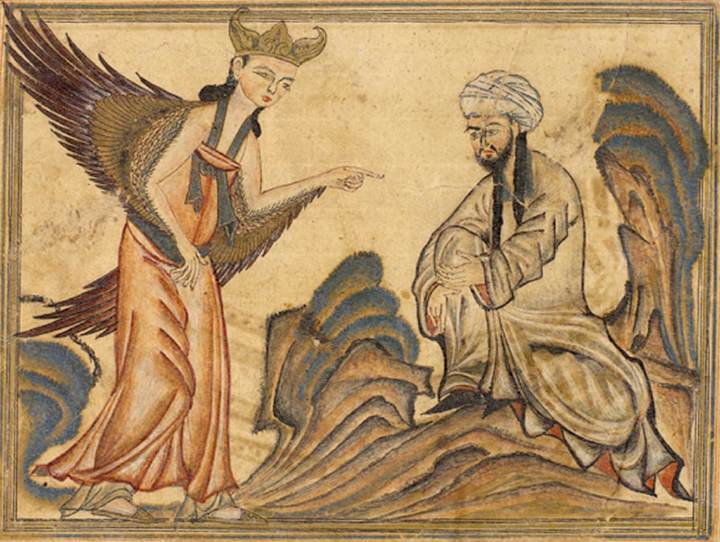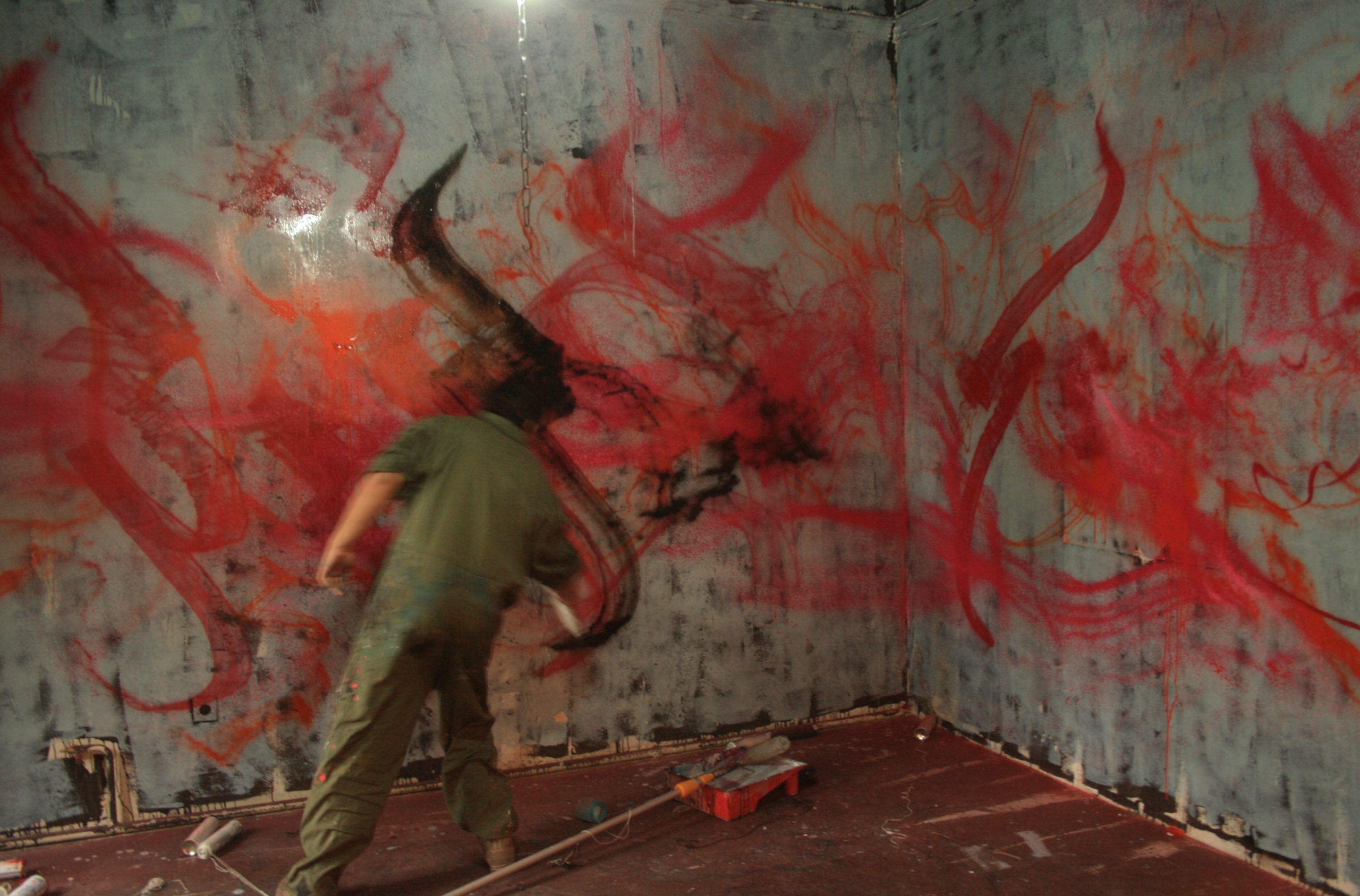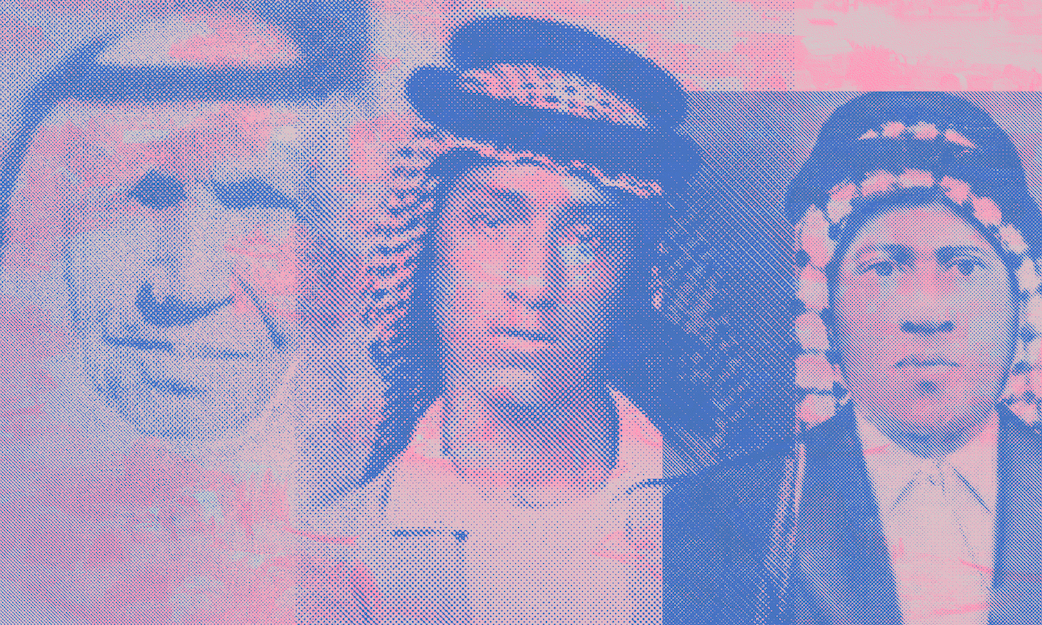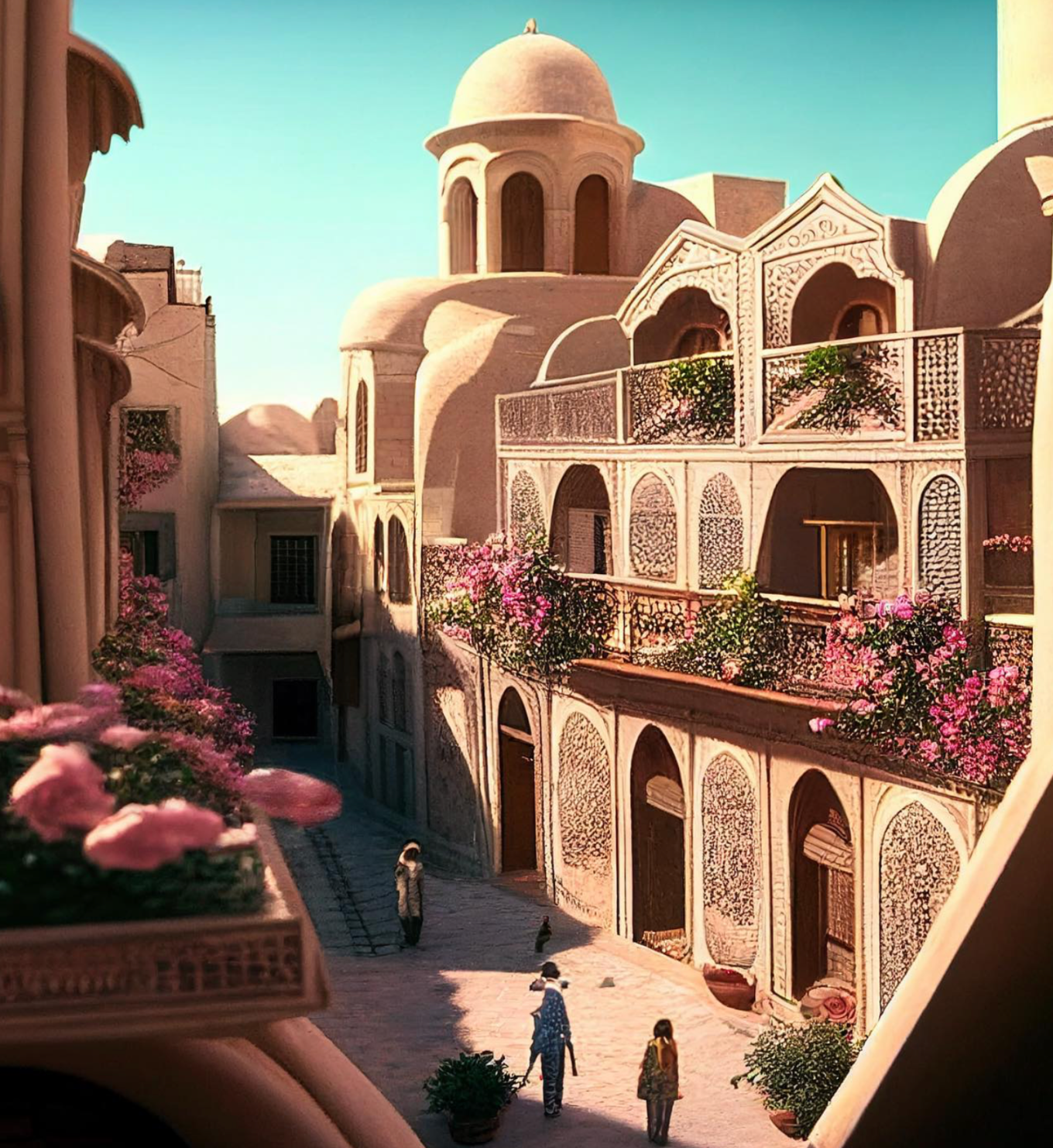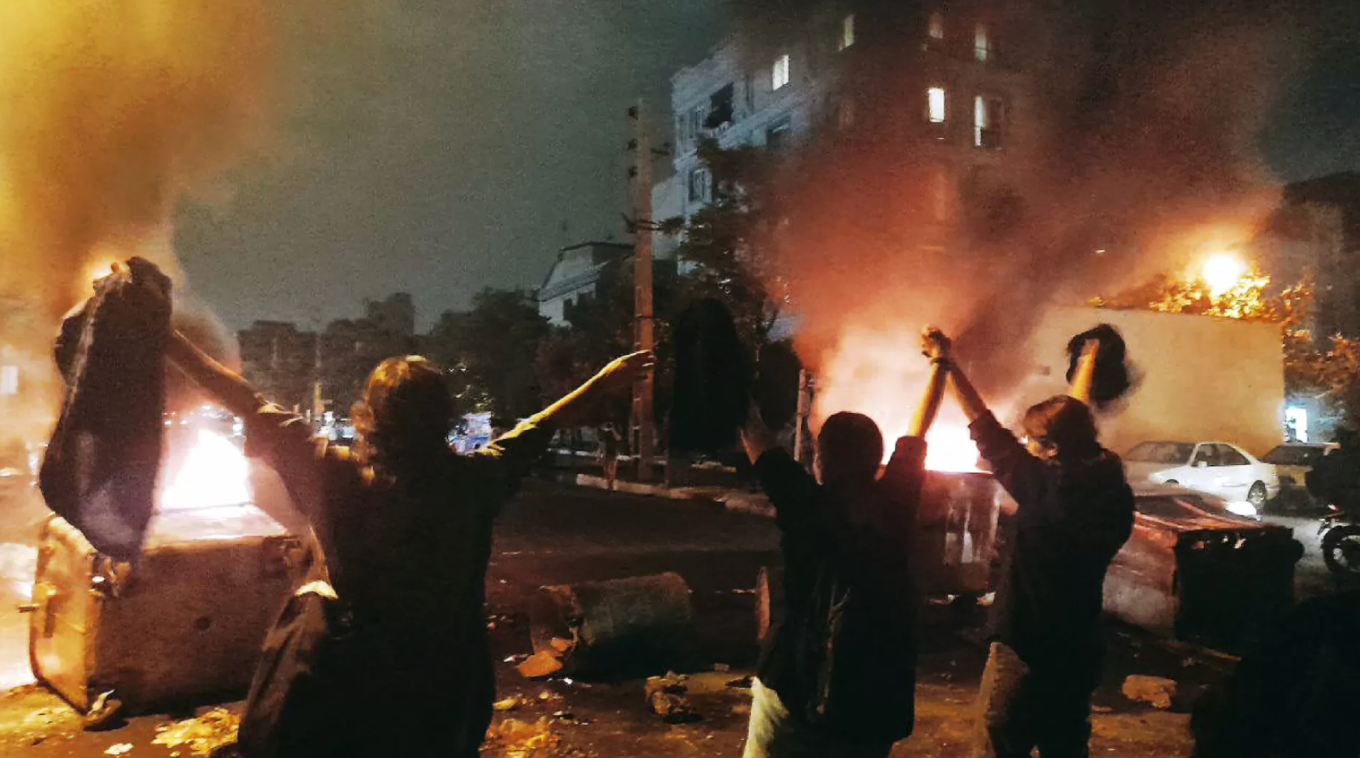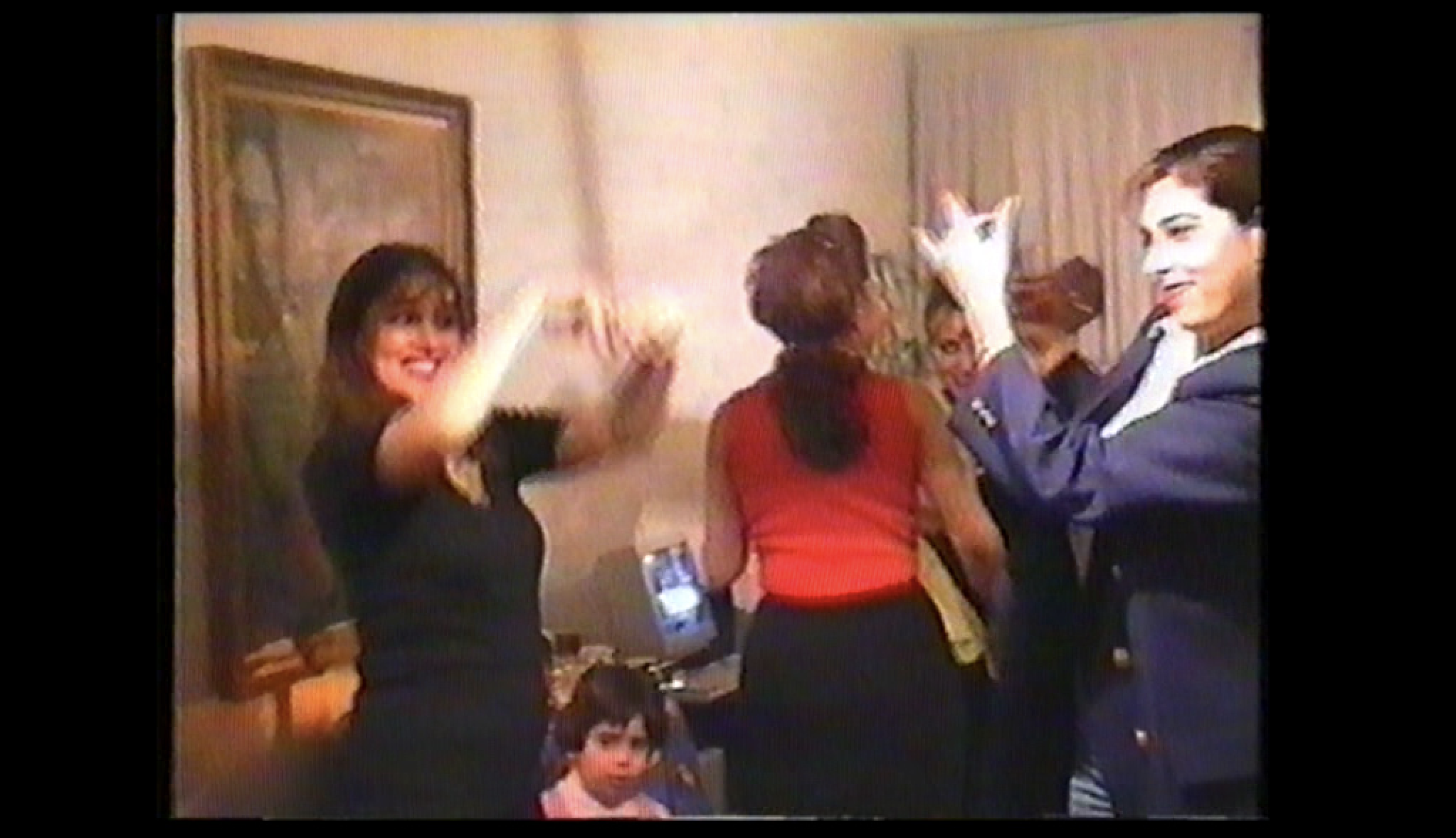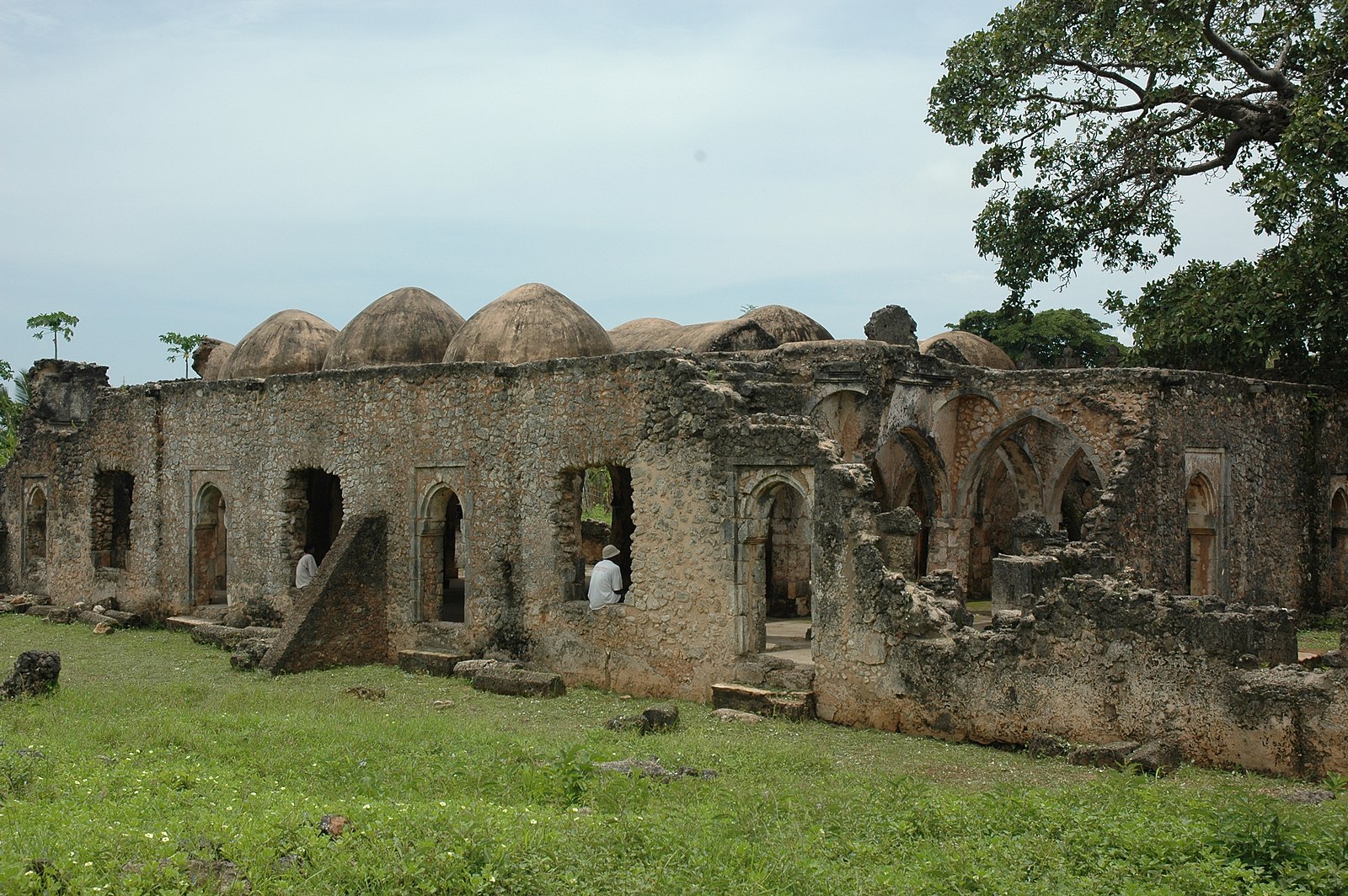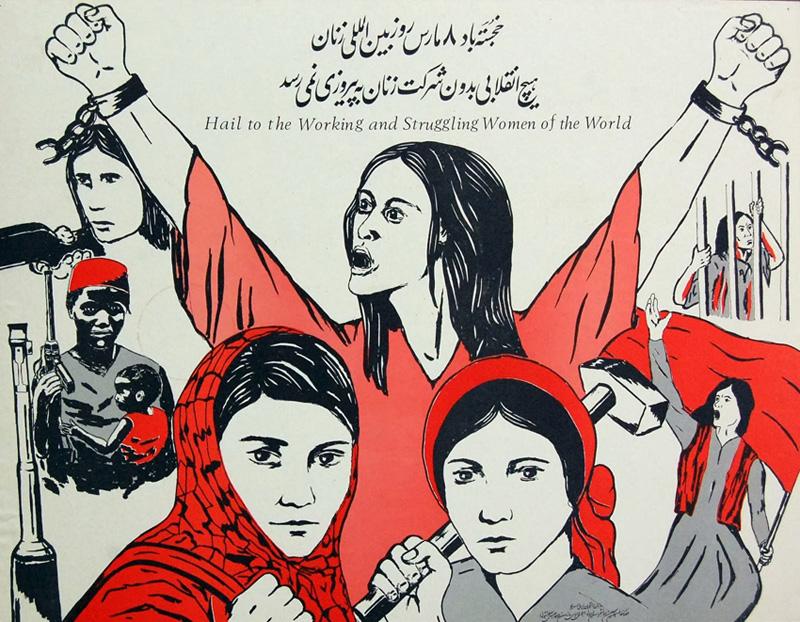Happy Nowruz from all of us here at Ajam Media Collective!
This week, the Nowruz holiday harkens the arrival of Spring, and is celebrated across the Middle East, Central Asia, South Asia, and the Balkans. This year, Nowruz marks the end of 1402 in the Solar Hijri calendar used in Iran and Afghanistan.
1402 was a year of both hope and despair, suffering and resilience. Nowruz is a holiday of rebirth and renewal; its yearly arrival portends hope for a new beginning, and for a better, brighter year ahead. In the weeks before the holiday, many people jump over bonfires, symbolically tossing away the difficulties of the past year and wishing for warmth, joy, and light in the year ahead. In the light of these fires – and in this ritual of cleansing – we find hope every year for the future.
At Ajam, we pride ourselves on rethinking the past and present to help imagine a different and hopefully better future. If you support our work – which is all volunteer-run – then please consider supporting us in our new Patreon campaign (more on that later!). In the meantime, here is our year in review.
Over the last year, we’ve released new articles and podcasts that further Ajam’s vision of rethinking the way we understand the world. Along the way, we questioned received truths and simplistic stereotypes, including both those spread by the Western media and the normative ways those from the region itself have idealized patriarchal visions of our societies.
We started off the year with our own attempt to find hope in an often hopeless present with our series on Persianate Futurism. These articles imagined futures beyond the tired frameworks of the present, painting pictures of a future borderless Middle East and Central Asia in which dictatorships gave way to people power and freedom allowing creativity to flourish, ecological crises to be addressed, and the tools and techniques of the past – such as mudbrick architecture and pickling – to be deployed for a more sustainable (and tastier) future. According to the old anarchist maxim that we must “build the new world in the shell of the old,” this series urged us not to wait for political change to imagine alternatives, but instead to imagine those alternatives and the routes to get there from within the decay of the here and now.
This year, we published pieces that helped our readers understand and rethink today’s ongoing struggles. We analyzed how anonymous artists in Iran took part in the Women Life Freedom movement by articulating a visual language of revolt carrying protestors’ messages far beyond their immediate context. In an age where social media sites often delete or remove political content, this piece was part of the task of building an archive that keeps memories of these temporary acts of resistance alive. Another article explored the memory of an Iranian artist active in revolutions past. A photo essay we published on Iranian revolutionary posters championing the Palestinian cause in the 1970s and vice-versa, meanwhile, reminded us of an earlier moment of transnational solidarity in pursuit of freedom that is often forgotten in the present. A series of interviews with Iranian women challenging the male-only space of the zurkhaneh reminds us of the struggles that take place in the domain of daily life, far from ecstatic moments of uprising, as did an interview on Iranian home movies as archives of home life and domestic culture.
At Ajam, we explore and re-evaluate the past in part in the hopes of understanding and re-imagining the present. This year, we published articles that re-evaluated the archives of Iran’s oil industry and asked us to question the way stories are told, approached musical archives that revealed often-overlooked sexuality and gender identities in the Arab World’s recent past, and re-examined the stories told about the Shirazi architectural legacy from the coasts of East Africa to East Asia. An article we published about Mongol-Islamic cultural exchange helped us understand how echoes of that moment of medieval globalization still appear in the present. And a piece exploring the lost history of Arabic script reform in Turkic languages reminds how contemporary myths often obscure the complex negotiations that led to a situation in the present.
Our articles also examined different diasporas, the stories they tell, and how they tell them. We featured an interview with the director of The Persian Version and an analysis of how the film is part of an emergent Iranian-American genre. We also published a first-hand account of a food writer exploring the stories and legacy of the women of Iran’s Jewish community through the community’s hitherto undocumented recipes. The question of how we tell stories also emerged in an article about the role of cars as semi-public spaces in Iranian cinema and the ways authorities in Pahlavi Iran sought to sell the country as an international tourist destination.
This year, we restarted our podcast after a brief hiatus. Newly-released episodes explored how the long history of Persianate verse that bound much of Asia together through poetic idiom was translated into a discourse of Eastern political solidarity in the 20th century, as well as how Iran’s contemporary underground art scene navigates the country’s complex political terrain.
Ajam is a labor of love. We are volunteer-run and we do this work because we believe in the importance of re-imagining stereotypical narratives of West, Central, and South Asia. We believe in changing how people understand the world around them by promoting and elevating narratives and voices rarely heard in the global media, and rethinking how we understand the past. To this end, we added six new editors to help keep our site thriving.
At Ajam, we’re committed to helping writers from different backgrounds publish their ideas. Our editorial process is a co-production of critical work between editors and authors, with a collaborative approach that prioritizes and develops the author’s voice with the aim of being accessible and informative to a variety of audiences. We encourage writers – at whatever stage of life they may be in – to pitch us their work!
This year, we’re asking for your help in keeping Ajam alive. If you support our work and appreciate the articles and podcasts we’ve created, we ask you to please support us through our Patreon campaign, donating either $7 or $30 monthly to keep us afloat.
None of our editors are paid for what they do. However, we pay our authors as well as podcast editors, and keeping the site alive costs money. Additionally, we’d love to move toward paying our editors as well in recognition of the importance of the work they do.
If you support our vision, please support our work on Patreon.
We’re also always open to new ideas and contributors. If you have ideas for a project, an article, or a new idea for Ajam, reach out and let us know!
Happy Spring!
As we move forward into 1403, here’s a look back at our most popular articles of 1402:
1. Recovering Arab Trans History: Masoud El Amaratly, the Folk Music Icon from Iraq’s Marshes by Marwan Kaabour
2. Unmasking Petro-Utopias in Iran: Searching for Acts of Refusal and Solidarity in the British Petroleum Archives by Sanaz Sohrabi.
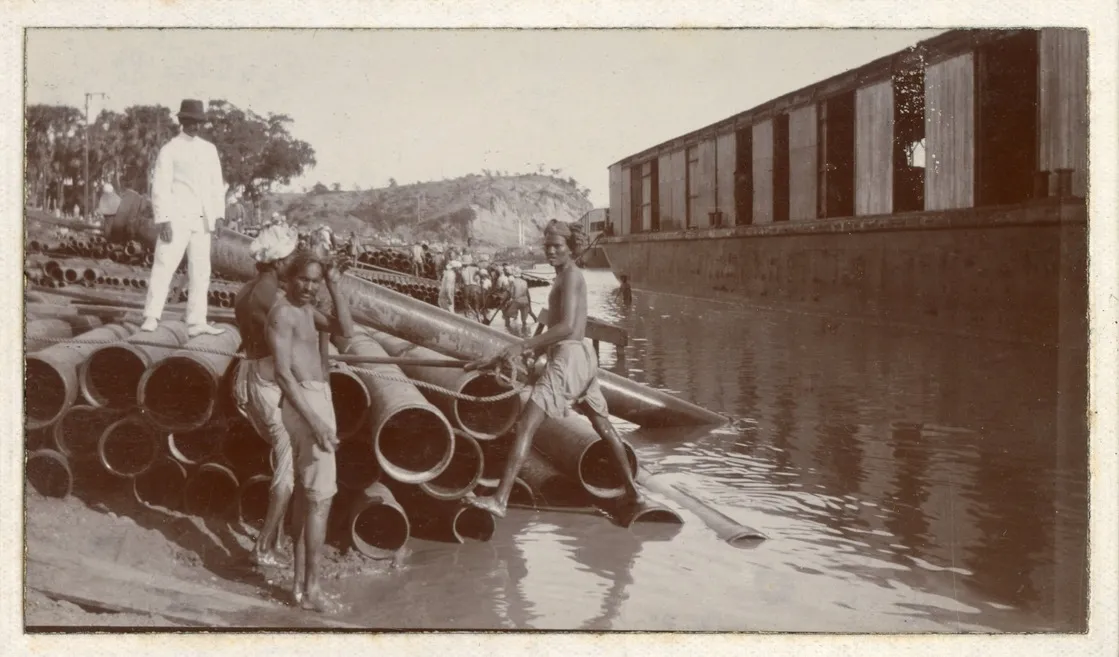
3. Persianate Futurism: What will the Persianate world look like in 30 years?
4. How Anonymous Artists Built a Visual Language of Resistance During Iran’s Woman Life Freedom Uprising by Katayoun Vaziri
5. Destination Persia: The Development of Iran’s Tourism Strategy in the 1960s by Kyle Olson
6. Echoes of Loss and Celebration: Iranian Home Videos as Beautiful Apparitions, by Parham Ghalamdar and Walker Downey
7. Between Truth and Myth: The Shirazis Who Built Mosques from East Africa to China by Sylvia Wu
8. What a 14th-Century Image of the Prophet Muhammad tells us about Islamic and Mongol Cultural Exchange by Jonathan Brack
